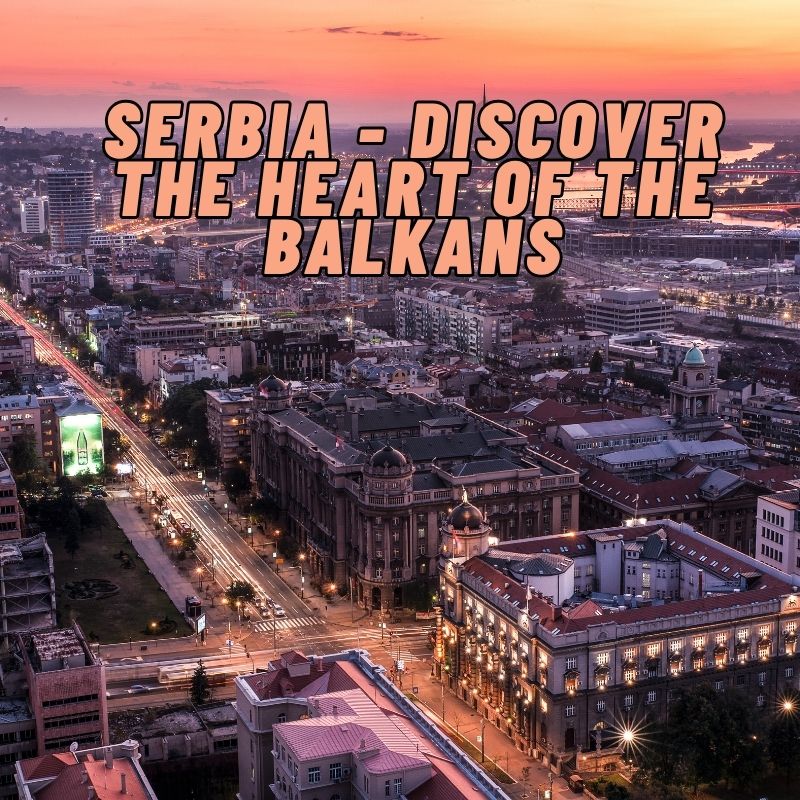
Serbia
Discover the Heart of the Balkans
Serbia is a landlocked country in the heart of the Balkans, where history, nature, and tradition come together beautifully. With its lively cities, warm-hearted people, and rich cultural heritage, Serbia offers travelers a captivating blend of old and new. From medieval monasteries to modern cafes, this country surprises you at every turn.
Moreover, Serbia is a destination that still feels authentic. Unlike many European hotspots, it has preserved its local charm and slower pace of life. Whether you visit for its green valleys, historic towns, or dynamic nightlife, Serbia invites you to discover its layers with curiosity and joy.
A Journey Through History
Early Civilizations and Heritage – Serbia
Serbia’s story begins thousands of years ago, long before the modern nation took shape. Ancient tribes, Romans, and Byzantines all left their mark. Over the centuries, Serbia became a crossroads of empires a meeting place between East and West.
As you explore, you’ll find Roman ruins, Ottoman bridges, and Orthodox monasteries that whisper tales of past centuries. Each layer of architecture tells a story of resilience and cultural exchange. These historical traces give Serbia its unique character, bridging the gap between Europe’s Western flair and Eastern mystique.
Read also – Beograd Belgrade Serbia – All You Need To Know
Medieval Kingdoms and Legacy
The medieval era shaped much of Serbia’s identity. During this period, powerful dynasties ruled, leaving behind impressive fortresses and churches. The monasteries of Studenica and Žiča, both UNESCO World Heritage Sites, showcase breathtaking frescoes and spiritual devotion.
This era also laid the foundation for Serbia’s artistic and religious traditions. Even today, these medieval roots influence local art, folklore, and national pride. Walking through ancient walls feels like stepping into a time when kings ruled and faith inspired the soul.
Vibrant Modern Cities
Belgrade: The City That Never Sleeps
Belgrade, Serbia’s capital, stands where the Danube and Sava rivers meet. The city pulses with life, creativity, and contrast. You can stroll through the elegant streets of Knez Mihailova, then relax by the riverside in trendy bars and floating clubs.
What makes Belgrade unique is its ability to blend history with energy. Ancient fortresses share space with street art, and old kafanas (traditional taverns) sit beside modern eateries. The city’s spirit is open, inviting everyone to experience its rhythm.
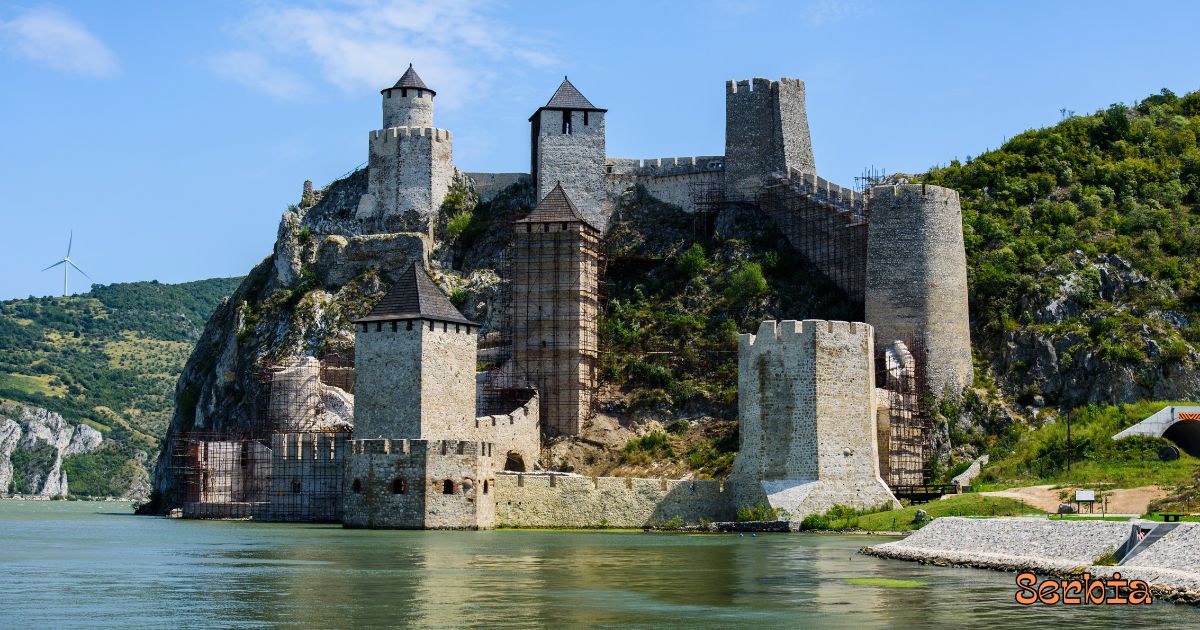
Novi Sad: Culture and Calm – Serbia
Novi Sad, often called Serbia’s cultural capital, lies on the banks of the Danube. It’s known for the Petrovaradin Fortress and the famous EXIT music festival. The city feels peaceful yet full of creative life.
Pastel-colored buildings, cozy cafes, and art galleries make it a pleasure to explore. Whether you visit for a summer concert or a quiet walk along the river, Novi Sad offers both energy and serenity in perfect balance.
Nature’s Hidden Treasures
Tara National Park
Tara National Park is one of Serbia’s natural jewels. With its deep forests, clear rivers, and mountain peaks, it feels untouched and serene. Hikers can follow trails that lead to breathtaking viewpoints, while wildlife lovers might spot deer, eagles, and even bears.
What makes Tara special is its peacefulness. Away from the noise of cities, you can reconnect with nature’s rhythm. The park also shelters the unique Pančić spruce, a rare tree species found only in this region.
Read also – Bitola North Macedonia: Journey Through Culture and History
Đerdap Gorge: The Iron Gates
Along the Danube River lies Đerdap Gorge, known as the Iron Gates of Serbia. Towering cliffs rise above the water, creating a dramatic landscape that stirs the imagination.
Visitors can take boat tours, explore ancient fortresses like Golubac, or visit archaeological sites that reveal life from prehistoric times. The gorge also forms a natural border with Romania, offering scenic views and moments of calm reflection.
Culture, Music, and Traditions
The Sound of Serbia – Serbia
Music runs deep in Serbia’s culture. From traditional folk tunes to modern pop and rock, the country’s sounds reflect its diversity. The haunting melodies of gusle instruments tell old heroic tales, while brass bands fill festivals with rhythm and joy.
Belgrade’s nightlife is legendary for a reason it’s a place where live music fills the air. Yet, beyond the capital, local villages host colorful celebrations where dance and laughter unite communities.
Serbian Hospitality and Customs
Serbs are known for their warmth and generosity. When you visit someone’s home, expect to be greeted with homemade rakija (fruit brandy) and a heartfelt smile. Sharing food and conversation is more than a custom it’s a way of showing respect and friendship.
Traditional events like weddings and religious holidays bring families together in joyful feasts. Every visitor is treated as part of the celebration, creating bonds that linger long after you leave.
Culinary Delights – Serbia
A Taste of Authentic Flavors
Serbian cuisine is rich, hearty, and full of flavor. Influenced by Balkan, Turkish, and Central European traditions, it’s a delightful mix of spices and textures. Try ćevapi, small grilled sausages served with flatbread, or sarma, cabbage rolls filled with meat and rice.
Meals are often shared, emphasizing togetherness. Fresh bread, cheese, and pickled vegetables accompany almost every dish. And of course, no meal feels complete without a sip of local wine or rakija.
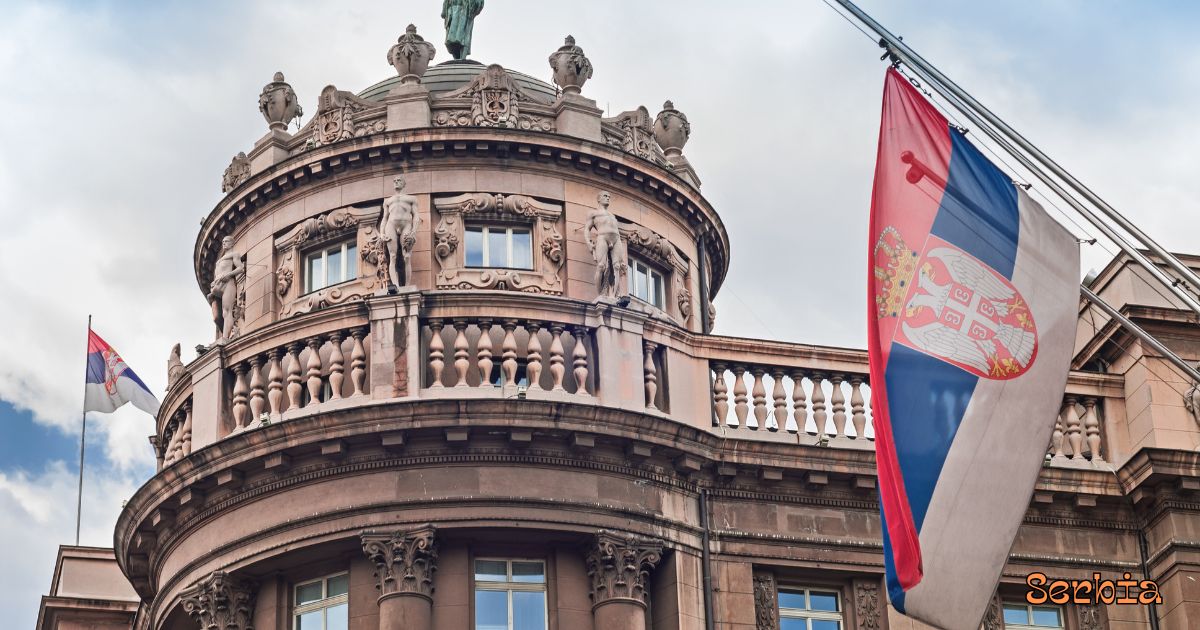
Sweet Traditions – Serbia
Serbia’s sweet traditions are a delightful reflection of its warm hospitality and deep-rooted culture. Desserts here are not just treats they are symbols of togetherness, celebration, and love. From small village gatherings to festive family feasts, sweets play a central role in Serbian life, connecting generations through flavor and tradition.
One of the most iconic Serbian sweets is slatko, a fruit preserve served to guests as a gesture of welcome. Whether made from strawberries, cherries, or figs, slatko is offered with a glass of water and represents the sweetness of friendship. Another favorite is krofne, Serbia’s version of soft, fluffy doughnuts often filled with jam or chocolate. Likewise, palačinke, thin crepes enjoyed with honey, walnuts, or Nutella, are loved by children and adults alike.
Moreover, Serbia’s dessert culture carries traces of Ottoman, Austrian, and Balkan influences, creating an irresistible fusion of tastes. You’ll often find baklava rich with nuts and syrup, sitting beside vanilice, delicate vanilla cookies filled with jam and dusted in sugar. During holidays, walnut rolls (orasnica) and poppy seed rolls (makovnjača) fill homes with a comforting aroma that instantly feels like family.
Beyond recipes, what truly makes these sweets special is the emotion behind them. Each dessert tells a story of tradition passed down through generations, where love is the secret ingredient. Whether enjoyed in a local pastry shop or a grandmother’s kitchen, Serbia’s sweet traditions remind every visitor that the simplest pleasures are often the most meaningful and the sweetest memories last forever.
Read also – Malta La Valletta: Exploring the Historic Heart of the Mediterranean
Art, Architecture, and Faith – Serbia
Monasteries and Spiritual Sites
Serbia’s Orthodox monasteries are living symbols of its faith and history. Nestled among mountains and valleys, these sacred places offer peace and reflection. The frescoes inside are artistic masterpieces, depicting scenes from centuries past with deep spiritual meaning.
Pilgrims and visitors alike find these monasteries inspiring. They reveal a quieter side of Serbia one that values contemplation and continuity over time.
Read also – Ohrid North Macedonia: Jewel of the Balkans
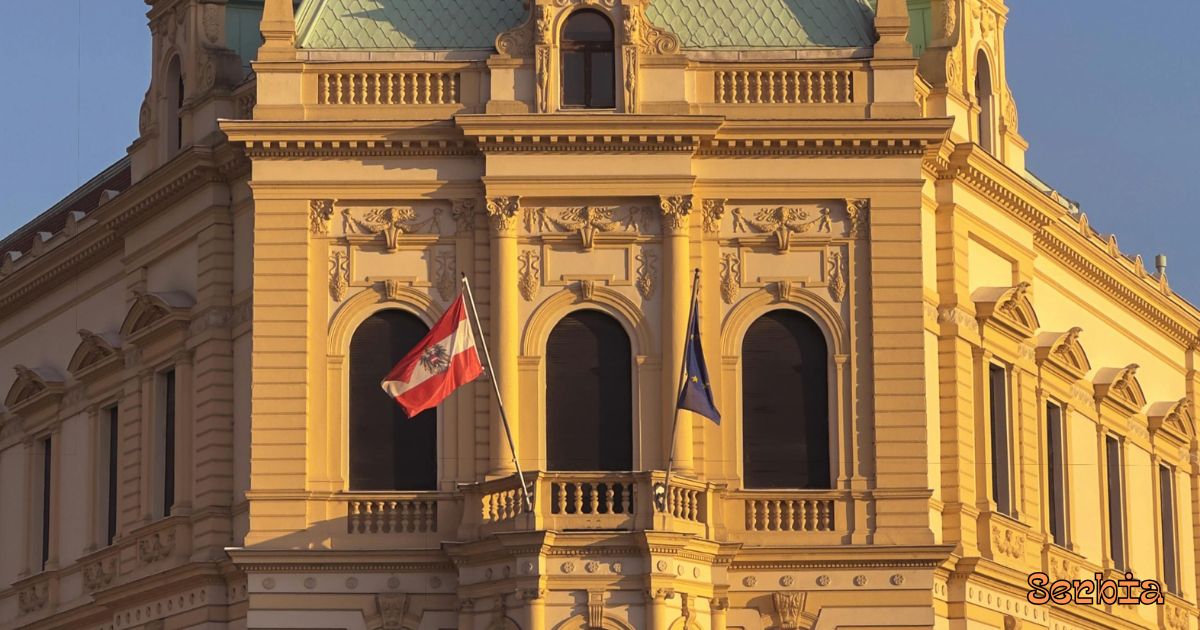
Architecture Through the Ages
Serbia’s architecture tells its complex story. Ottoman influences mix with Austro-Hungarian elegance and modernist creativity. In Belgrade, you’ll find sleek skyscrapers beside ornate churches. Meanwhile, rural villages preserve traditional stone houses that echo simplicity and warmth.
This blend of styles mirrors Serbia’s journey always evolving yet deeply rooted in tradition.
Read also – Cameron Highlands, Malaysia: All You Need to Know
Festivals and Celebrations
Music and Joy
Festivals are an essential part of life in Serbia. The EXIT Festival in Novi Sad attracts music lovers from around the world, while Guča Trumpet Festival celebrates the vibrant sounds of brass bands.
Throughout the year, cities and villages host cultural events, art fairs, and folklore gatherings. These festivals show Serbia’s joyful side where art, music, and community spirit come alive.
Read also – Gozo Malta: Peaceful Island Escape All You Need
Religious and Cultural Events – Serbia
Serbia’s deep-rooted traditions and strong sense of identity shine brightly through its religious and cultural events. Throughout the year, towns and villages come alive with festivals that blend faith, folklore, and local customs. These celebrations not only preserve centuries-old heritage but also bring communities together in joy and reflection.
One of the most cherished traditions is Slava, a unique Serbian Orthodox custom dedicated to a family’s patron saint. Each household honors its saint with prayer, candle lighting, and a festive meal shared among loved ones. This sacred event symbolizes unity, gratitude, and the passing of faith through generations. Additionally, Christmas and Easter hold great spiritual significance. From midnight liturgies to the breaking of česnica bread, these holidays are celebrated with warmth, hospitality, and love.
Beyond religious events, Serbia’s cultural festivals attract visitors from around the world. The vibrant EXIT Festival in Novi Sad, held inside the Petrovaradin Fortress, celebrates music and freedom, drawing international artists and fans alike. Similarly, the Guča Trumpet Festival transforms a small village into a stage for traditional brass music, where energy, rhythm, and national pride fill the air.
Moreover, many smaller regional festivals highlight folk dances, traditional clothing, and local crafts, giving travelers a glimpse into authentic Serbian culture. Each event, whether solemn or festive, reflects the country’s strong community spirit and enduring love for tradition. Altogether, Serbia’s religious and cultural events beautifully connect the past with the present, inviting everyone to experience its soul through celebration and shared humanity.
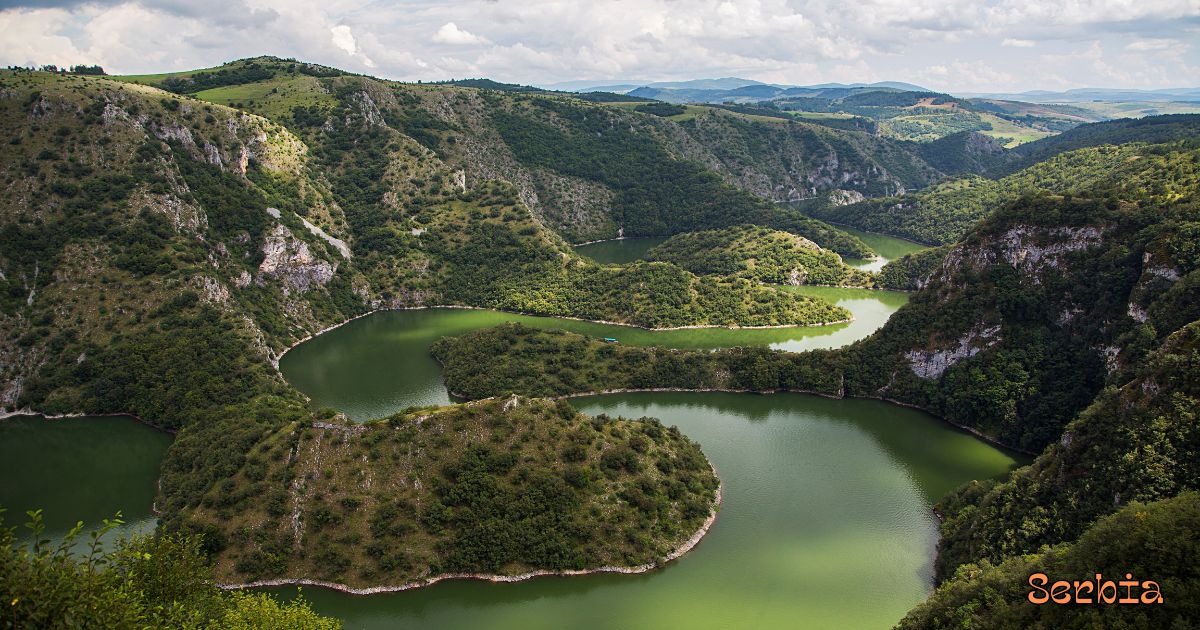
Adventure and Outdoor Experiences
Hiking and Exploration
Serbia offers an incredible playground for nature lovers and adventurers who enjoy hiking and exploration. With its diverse landscapes from rolling hills to dramatic mountains and lush forests the country provides countless opportunities to connect with nature while discovering hidden gems. Moreover, the well-marked trails and welcoming atmosphere make it easy for travelers to explore both popular and lesser-known destinations.
One of the most remarkable areas for hiking is Tara National Park, where dense pine forests, deep canyons, and panoramic viewpoints create a breathtaking experience. The famous Banjska Stena viewpoint offers a stunning look over the Drina River and is one of the most photographed spots in the country. Similarly, Kopaonik National Park known as the “Mountain of the Sun” invites visitors to explore scenic trails that lead through alpine meadows, crystal-clear streams, and peaceful woodlands.
For those seeking something more offbeat, the rugged Šar Mountains in southern Serbia promise a true adventure. Their untouched beauty, rich biodiversity, and traditional mountain villages make every journey here unforgettable. In addition, Fruška Gora, often called the “holy mountain,” combines hiking paths with spiritual sites, as it is home to several centuries-old monasteries hidden among green hills.
Whether you prefer gentle walks or challenging treks, Serbia’s landscapes offer endless possibilities to explore. And with every step, you’ll discover not only natural beauty but also the kindness of locals, who are always ready to share stories, food, and a smile. Ultimately, hiking in Serbia is more than an activity it’s an invitation to experience freedom, serenity, and connection with the earth.
Read also – Southwest Airlines: Affordable Flights Made Simple
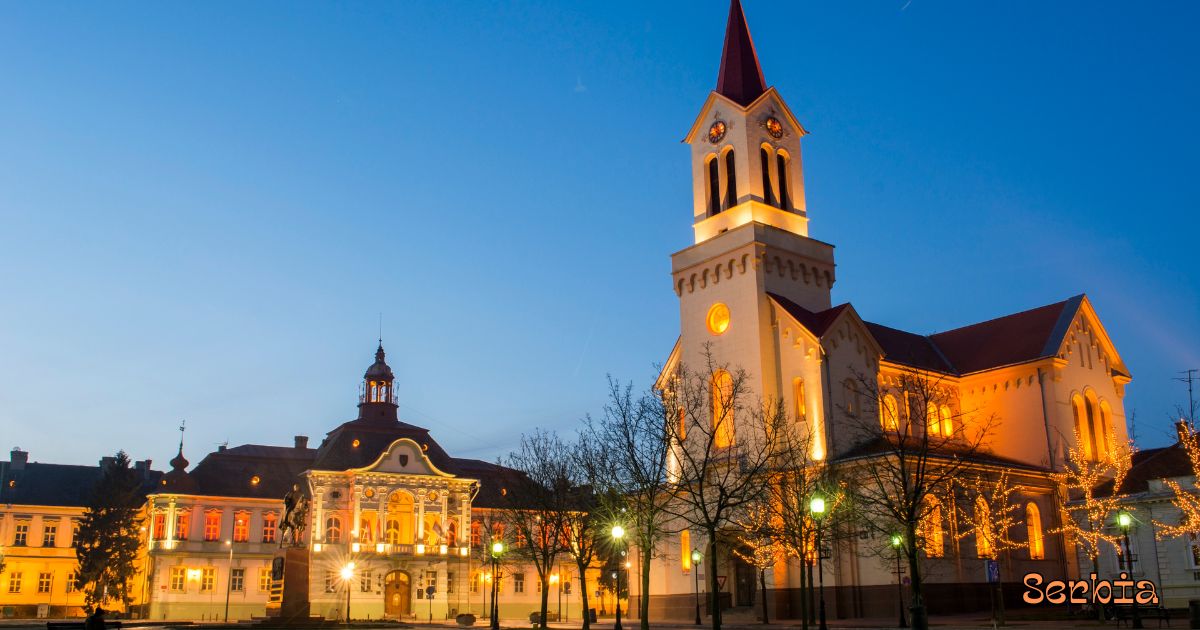
Winter Sports and Wellness – Serbia
When winter arrives, Serbia transforms into a snowy paradise perfect for both adventure and relaxation. Travelers seeking excitement can explore the country’s mountain resorts, which offer excellent opportunities for skiing, snowboarding, and snowshoeing. Kopaonik, the largest ski resort in Serbia, is especially famous for its long slopes, modern facilities, and vibrant après-ski scene. Meanwhile, Zlatibor and Tara National Park attract visitors who prefer a quieter, more scenic escape, combining winter sports with breathtaking nature.
Moreover, Serbia’s wellness culture beautifully complements these outdoor activities. After a day on the slopes, many travelers unwind in traditional spas that use mineral-rich thermal waters. The spas in Vrnjačka Banja, Sokobanja, and Niška Banja have a long history of promoting health and rejuvenation. These destinations combine natural beauty with modern treatments, offering massages, saunas, and hydrotherapy that soothe tired muscles and restore inner balance.
In addition, the local cuisine enhances the wellness experience. After outdoor adventures, visitors can warm up with hearty Serbian dishes like goulash, roasted meats, and homemade soups, all prepared with fresh local ingredients. The welcoming atmosphere and comforting flavors make every meal feel like a reward.
Ultimately, winter in Serbia is not just about sports it’s about harmony between body and mind. The combination of mountain adventures, wellness rituals, and warm hospitality creates a truly rejuvenating winter getaway. Whether visitors seek adrenaline on the slopes or peaceful moments in thermal spas, Serbia offers an experience that refreshes both the spirit and the senses.
Read also – Things to Do in Chengdu: Complete Guide to Culture and Calm Adventures
Local Markets and Handicrafts
Traditional Markets
Serbian markets are full of life and color. Vendors sell fresh produce, handmade goods, and local delicacies. Walking through them feels like entering a world of tradition and storytelling.
Each market reflects regional identity – from Vojvodina’s honey to southern Serbia’s spicy ajvar. Shopping here supports local families and connects visitors to everyday culture.
Read also – Krabi Bus Terminal: Your Complete Guide to Getting Around
Crafts and Souvenirs
One of the most delightful parts of visiting Serbia is discovering its unique crafts and handmade souvenirs. Throughout the country, local artisans continue centuries-old traditions, creating items that beautifully reflect Serbia’s history, artistry, and way of life. From charming open-air markets to cozy village workshops, there are countless opportunities to take home a piece of Serbian culture.
Traditional Serbian embroidery is among the most cherished handicrafts, known for its intricate patterns and vivid colors. Many of these designs are inspired by nature flowers, birds, and geometric shapes and are often used to decorate clothing, table linens, and home décor. Similarly, pottery from regions like Zlakusa is world-renowned, as artisans use ancient techniques to create elegant yet functional pieces that tell a story of craftsmanship passed down through generations.
Moreover, Serbia’s wooden carvings and metalwork showcase the creativity and skill of local artists. Hand-carved icons, rustic kitchen utensils, and copper coffee sets make wonderful keepsakes that blend beauty with practicality. Don’t miss the chance to buy traditional opanak shoes or woolen slippers, both of which reflect the country’s rural heritage and timeless charm.
Shopping for these souvenirs is not just about bringing home beautiful items it’s also about connecting with the people behind them. Each handcrafted piece carries a personal touch and a story, making it more than just a purchase. Ultimately, Serbia’s crafts are a celebration of artistry, identity, and heartfelt tradition, ensuring every traveler leaves with a tangible memory of this remarkable land.
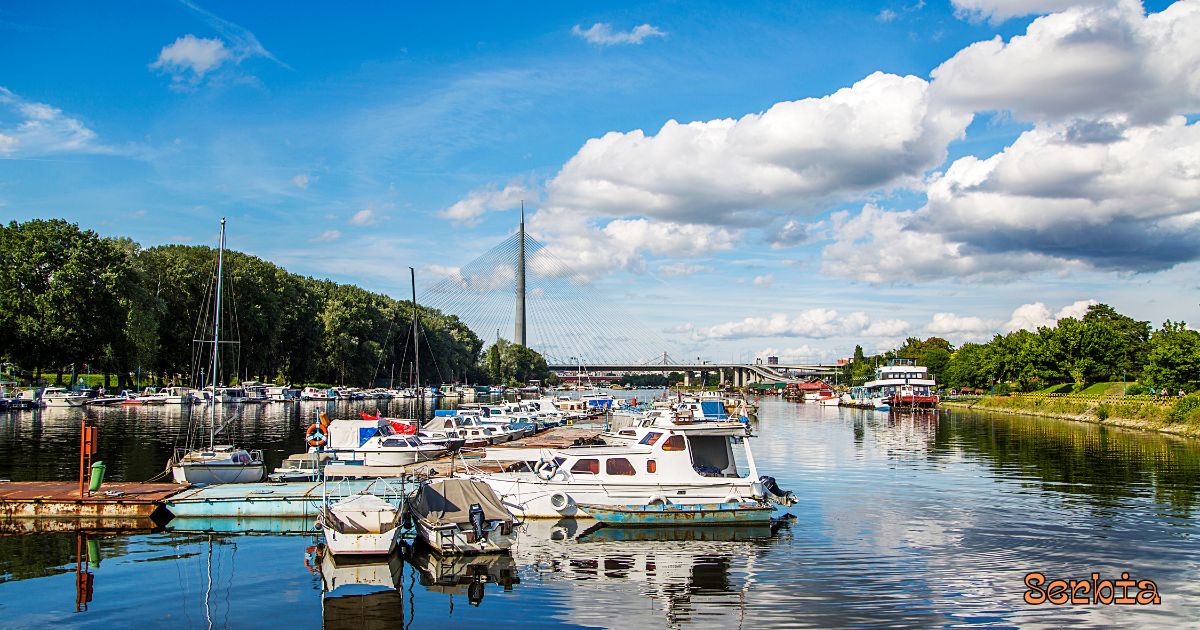
Education and Modern Growth – Serbia
Serbia is also a country looking forward. With growing industries, universities, and tech innovation, it combines its cultural richness with ambition. Young entrepreneurs and creatives are shaping a modern identity while honoring the past.
This balance between progress and heritage defines Serbia’s spirit today confident, proud, and full of promise.
Read also – Hotel in Ko Lanta: How to Choose the Perfect Stay for Your Island Escape
Conclusion
Serbia is a country that truly captivates every kind of traveler. With its mix of ancient history, breathtaking landscapes, warm hospitality, and vibrant culture, it offers an experience that goes far beyond sightseeing. Whether you wander through medieval fortresses, relax in natural hot springs, or explore scenic mountain trails, every moment in Serbia feels both enriching and unforgettable.
Moreover, the country’s unique ability to blend tradition with modernity makes it an exciting destination for visitors seeking authenticity. Its festivals, cuisine, and local customs reflect a deep-rooted spirit of joy and togetherness that welcomes everyone with open arms.
In the end, Serbia is more than a place to visit it’s a place to feel. From the charm of its cities to the peace of its countryside, the country leaves a lasting impression on the heart. So, as you explore its beauty, you’ll not only discover a destination but also a sense of connection that stays with you long after you leave.



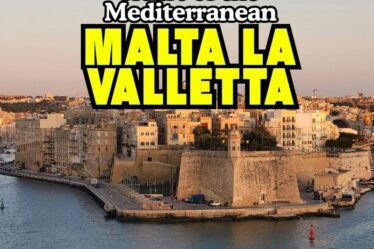
[…] also – Serbia – Discover the Heart of the […]
[…] also – Serbia – Discover the Heart of the […]
[…] also – Serbia – Discover the Heart of the […]